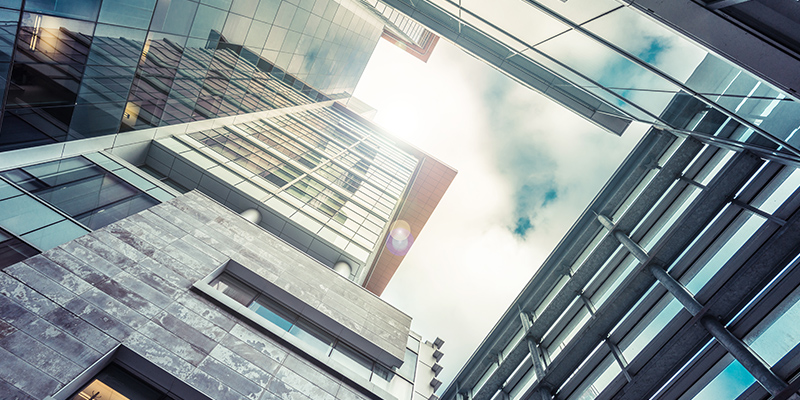The U.S. expanded its office footprint by 682 million square feet from 2008 to 2018. Looking at 20 prominent markets, this growth has been anything but linear, and offers some insights into how businesses are evolving, what’s driving development and where people are moving.
In the last decade, we’ve experienced a renewed appreciation for some of our city centers. In opposition to the “white flight” of the ‘50s and ‘60s, downtowns have become focal points of life, culture and opportunity — but not for everyone. Top-tier cities have experienced a rise in the cost of living that is so great it’s pricing out many who had called the downtown home for decades — ushering in the young, highly educated and upwardly mobile individuals willing to pay the price to be at the center of it all.

San Francisco is quite possibly the best example of this trend and the office development around its central business district (CBD) may have signaled this shift. The CBD added only one new building, 350 Bush Street, in 10 years. Meanwhile, the periphery around the CBD was built up and has begun to gentrify over this period. The South Financial District added seven properties, and some of them were skyline changers, like 181 Fremont and the Salesforce Tower. At the same time, the adjacent SoMa neighborhood, or South of Market, added 26 properties totaling more than 3.1 million square feet, expanding outward as well as upward.
Seattle and Portland also had similar development around their respective CBDs. Amazon powered much of Seattle’s urban growth, accounting for almost 12 million square feet. Portland only had three properties developed in its CBD, while the other downtown neighborhoods of the Pearl District, Old Town-Chinatown and the West End added 17 for a total of more than 1.6 million square feet.
However, Texas is markedly different from Northern California and the Pacific Northwest, largely due to its immense sprawl that offers cheaper developable land — a key driver in the development of campus-style office complexes. The suburban markets of Austin, Houston and Dallas-Fort Worth added almost 70 million square feet of office space collectively, compared to just over 19 million square feet in the CBDs and primary urban areas.
Austin, along with cities like Salt Lake City and Phoenix, greatly benefits from this shift. With the cost of living in Seattle, Portland and Silicon Valley reaching dizzying heights, these emerging tech hubs offer a much lower cost of living for employees. Employers in these areas also benefit from access to highly educated talent thanks to proximity to local universities.
The CBD isn’t completely left out from this discussion of office growth, though. The CBDs of Chicago and Manhattan are thriving and have added 7.8 million and 17.6 million square feet of office space, respectively. This is quite a feat for these already dense downtowns, signaling that the desire for central locations is still intact. Both have also benefited greatly from the coworking phenomenon that has seen WeWork become the largest office tenant in both cities.
Looking forward, it will be interesting to see how the office environment evolves with new technologies that make working remotely increasingly easier.














